Understanding Mid-Cap vs. Large-Cap Stock Performance
Introduction
Investors often compare mid-cap and large-cap stocks to determine which category offers better long-term returns and portfolio stability. Mid-cap stocks, typically ranging between $2 billion and $10 billion in market capitalization, are known for their growth potential, while large-cap stocks, exceeding $10 billion, provide financial stability and consistent dividends. Historical trends suggest that mid-cap stocks have outperformed large-cap stocks over extended periods, particularly during economic expansions. However, large-cap stocks tend to offer resilience during downturns, making them a preferred choice for conservative investors. Understanding the performance dynamics between these two categories is essential for optimizing portfolio allocations and investment strategies.
Defining Mid-Cap and Large-Cap Stocks
Mid-cap stocks typically have a market capitalization ranging between $2 billion and $10 billion, positioning them between small-cap and large-cap companies. These stocks often represent firms in their growth phase, offering investors a balance between risk and reward. Mid-cap companies tend to have established business models but still possess significant expansion potential, making them attractive for those seeking higher returns without the extreme volatility of small-cap stocks. Large-cap stocks, on the other hand, belong to companies with a market capitalization exceeding $10 billion. These firms are industry leaders with strong financials, extensive market presence, and consistent revenue streams.
Large-cap stocks are generally more stable, making them a preferred choice for conservative investors. Companies such as Johnson & Johnson JNJ and JPMorgan Chase JPM exemplify large-cap stocks that provide steady dividends and long-term growth. While mid-cap stocks offer higher growth potential, they also come with increased volatility compared to large-cap stocks. Large-cap stocks tend to perform better during economic downturns due to their financial resilience and diversified revenue sources.
Sources:
Small-Cap vs. Large-Cap Stocks
Market Capitalization Categories
Difference Between Large-Cap, Mid-Cap & Small-Cap
Historical Performance Comparison
Long-term return trends indicate that mid-cap stocks have historically outperformed large-cap stocks over extended periods, particularly in bullish market cycles. While large-cap stocks provide stability and consistent dividends, mid-cap stocks often experience higher growth rates due to their expansion potential. Over the past 25 years, the S&P MidCap 400 Index has delivered significantly higher returns compared to the S&P 500 Index, showcasing the growth advantage of mid-cap stocks.
During economic expansions, mid-cap stocks tend to outperform as companies scale operations and increase profitability. Conversely, large-cap stocks demonstrate resilience during downturns, benefiting from strong balance sheets and diversified revenue streams. The shift in market-cap leadership over the past decade has favored large-cap stocks due to increased institutional investment and economic slowdowns. Case studies highlight instances where mid-cap stocks have outperformed large-cap stocks. For example, mid-cap companies in technology and healthcare sectors have consistently delivered higher returns compared to their large-cap counterparts.
Sources:
Mid-Caps Used To Outperform Large-Caps. What Changed?
Stock Returns: Small Cap vs. Mid Cap vs. Large Cap
Asset Allocation Diversification – 20 Years of the Best and Worst
Risk and Volatility Considerations
Mid-cap stocks often provide higher returns but come with increased volatility compared to large-cap stocks. These companies are in their growth phase, meaning they can experience rapid expansion but also face greater market fluctuations. Large-cap stocks serve as a safer investment during market downturns due to their financial stability and established market presence. Companies such as Johnson & Johnson JNJ and JPMorgan Chase JPM have strong balance sheets, diversified revenue streams, and consistent dividend payouts, making them reliable choices during economic uncertainty. Large-cap stocks tend to recover faster from market corrections, providing investors with steady returns and reduced risk exposure.
Strategies for balancing risk in a diversified portfolio involve allocating investments across mid-cap and large-cap stocks to optimize returns while mitigating volatility. Investors can use sector rotation strategies, focusing on defensive industries during downturns and cyclical sectors during economic expansions. Additionally, maintaining a mix of dividend-paying large-cap stocks and high-growth mid-cap stocks ensures portfolio resilience across different market conditions.
Sources:
Midcap vs. Large-cap Stocks: A Comparative Analysis
Why Market Cap Matters
Small-Cap vs. Large-Cap Stocks: What's the Difference?
Sector Allocation and Growth Potential
Industries where mid-cap stocks tend to outperform large-cap stocks include technology, healthcare, and industrials. Mid-cap technology firms often experience rapid innovation and market expansion, leading to higher growth potential. Healthcare mid-caps benefit from advancements in medical research and pharmaceutical developments, while industrial mid-caps capitalize on infrastructure projects and manufacturing demand. Sector trends influence mid-cap vs. large-cap stock selection by shaping investor sentiment and market performance. During economic expansions, mid-cap stocks in growth-oriented industries tend to outperform, while large-cap stocks in defensive sectors provide stability during downturns.
Fidelity’s sector-based investment strategies incorporate these trends to ensure balanced exposure across market conditions. Portfolio diversification strategies for optimizing returns involve allocating investments across multiple sectors and market capitalizations. By maintaining a mix of mid-cap and large-cap stocks, investors can reduce volatility while capturing growth opportunities. Sector rotation strategies allow investors to adjust allocations based on economic cycles, ensuring adaptability to changing market conditions.
Sources:
Why Market Cap Matters
Asset Allocation Diversification – 20 Years of the Best and Worst
Small Cap, Mid Cap, or Large? The Right Mix for Your Portfolio
Investment Strategies for Mid-Cap and Large-Cap Stocks
Mid-cap companies often experience expansion phases, leading to higher returns over time. Holding onto these stocks through market fluctuations enables investors to benefit from compounding gains. Dividend reinvestment and income generation from large-cap stocks provide stability and consistent returns. Large-cap companies such as Johnson & Johnson JNJ and JPMorgan Chase JPM offer reliable dividend payouts, allowing investors to reinvest earnings for compounded growth. Dividend reinvestment plans (DRIPs) enhance portfolio value by automatically purchasing additional shares, ensuring passive income generation while maintaining exposure to stable large-cap stocks.
Contrarian investing focuses on identifying undervalued opportunities within mid-cap and large-cap stocks. Investors adopting this strategy seek companies trading below their intrinsic value due to temporary setbacks or market sentiment shifts. Mid-cap stocks with strong fundamentals often recover, providing significant upside potential. Large-cap stocks in defensive sectors also present contrarian opportunities during market downturns, ensuring portfolio resilience and long-term appreciation.
Sources:
Small cap, mid cap, or large? The right mix for your portfolio
Small-Cap Stocks vs. Large-Cap Stocks: What's the Difference?
Understanding Small-Cap, Mid-Cap & Large-Cap Stocks - VanEck
Future Outlook and Investment Considerations
Historically, mid-cap stocks have outperformed large-cap stocks during economic expansions due to their growth potential. However, recent market conditions suggest that large-cap stocks may continue to dominate, driven by institutional investment and economic uncertainty. Analysts predict that mid-cap stocks could regain momentum as interest rates stabilize and investor sentiment shifts toward growth-oriented opportunities.
Emerging market forces are shaping mid-cap stock performance, influencing investor strategies and portfolio allocations. Factors such as technological advancements, regulatory changes, and evolving consumer behaviors are expected to impact mid-cap companies. Additionally, geopolitical developments and trade policies may create opportunities for mid-cap stocks to outperform large-cap counterparts. Economic indicators influencing portfolio allocations include interest rate policies, inflation trends, and corporate earnings reports. The Federal Reserve’s monetary decisions will affect investor sentiment, impacting stock valuations and sector performance. Mid-cap stocks may benefit from favorable interest rate environments, while large-cap stocks provide stability during uncertain economic conditions.
Conclusion
Mid-cap stocks have historically demonstrated strong growth potential, often outperforming large-cap stocks during economic expansions. However, large-cap stocks provide stability and consistent dividends, making them a reliable choice for conservative investors. Balancing both categories within a portfolio allows investors to optimize returns while managing risk. As market conditions evolve, understanding sector trends and economic indicators will be crucial for refining investment strategies.
Expert Analysis: Strategic Insights on Mid-Cap vs. Large-Cap Investing
Mid-cap stocks have historically delivered higher returns than large-cap stocks over extended periods, but they come with increased volatility. Investors seeking growth should consider mid-caps for their potential to outperform during economic expansions. Large-cap stocks, however, provide stability and consistent dividends, making them ideal for conservative portfolios. Balancing both categories ensures a well-rounded investment strategy.
📌Read More About:
Top Large Cap Stocks: https://stockbossup.com/pages/topics/large-cap
Is it Better to Invest in Mid-Cap or Large-Cap?- https://stockbossup.com/pages/post/39130/mid-cap-vs-large-cap-stocks-which-investment-strategy-yields-better-returns
Do Mid-Caps Outperform Large-Caps? https://www.stockbossup.com/pages/post/38865/mid-cap-vs-large-cap-stocks-which-performs-better



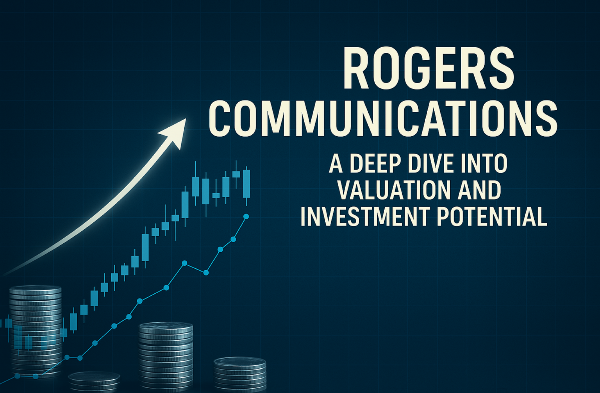
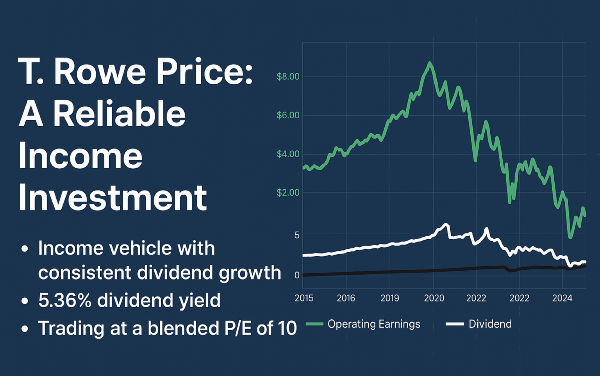
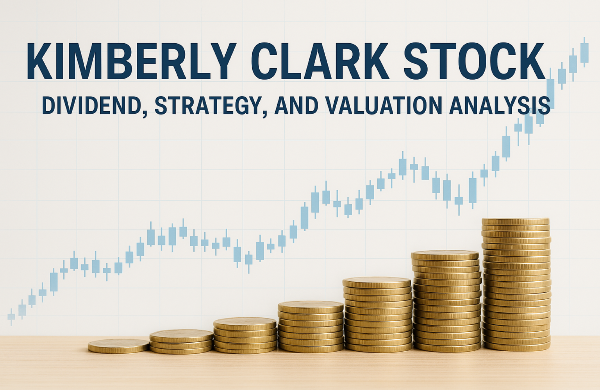

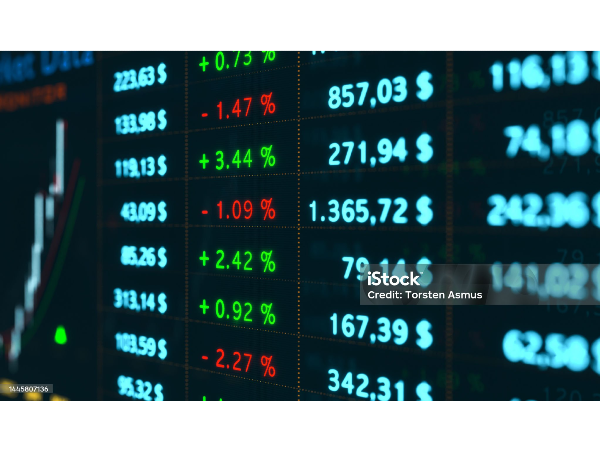


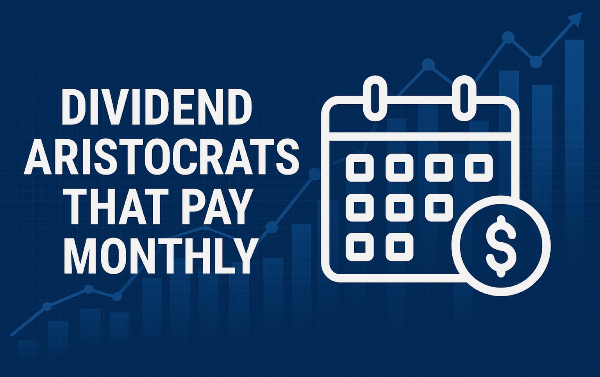
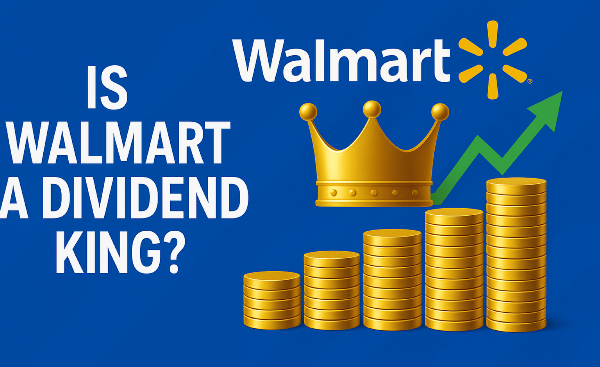
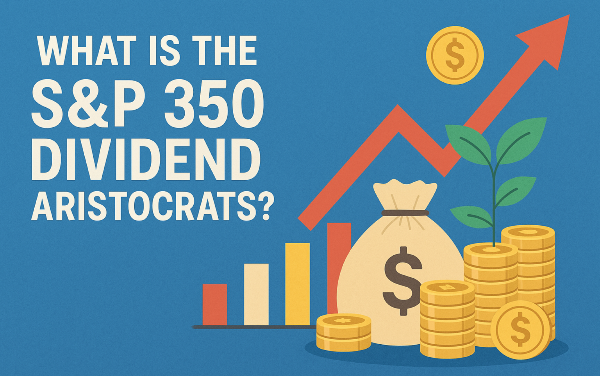

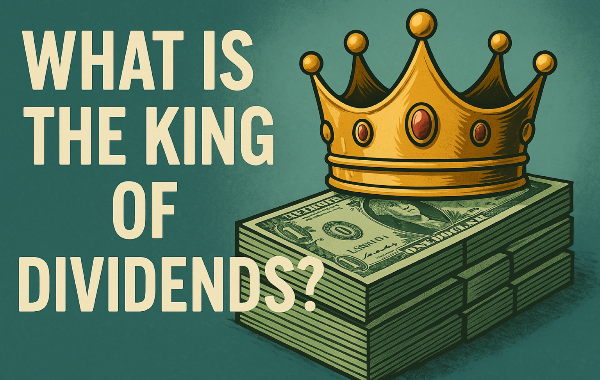
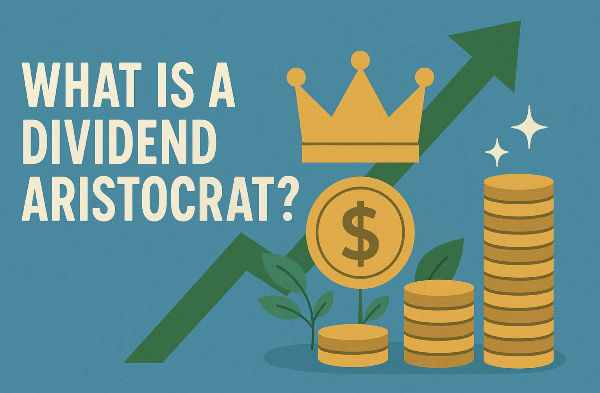
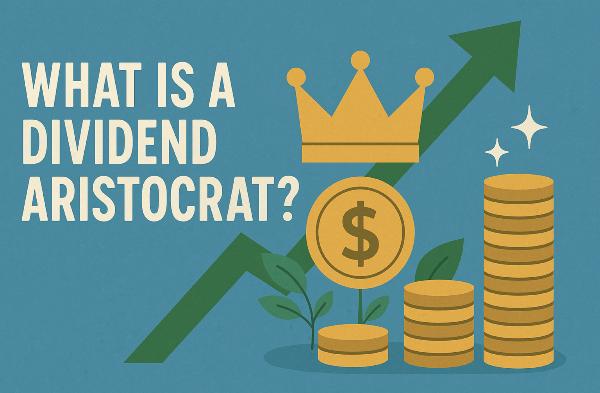
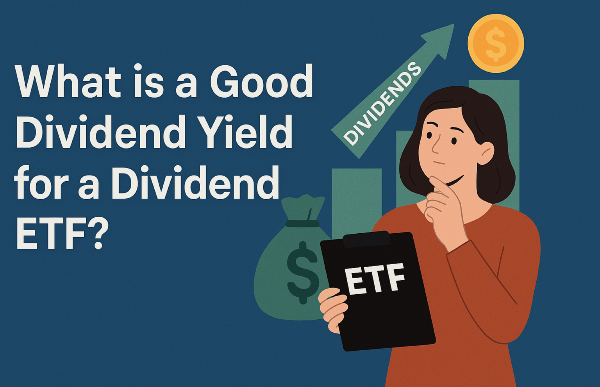
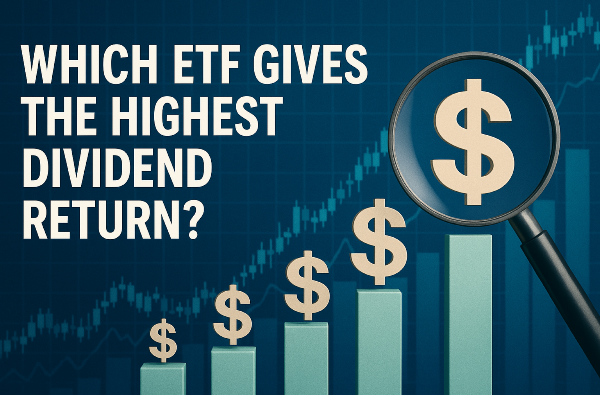
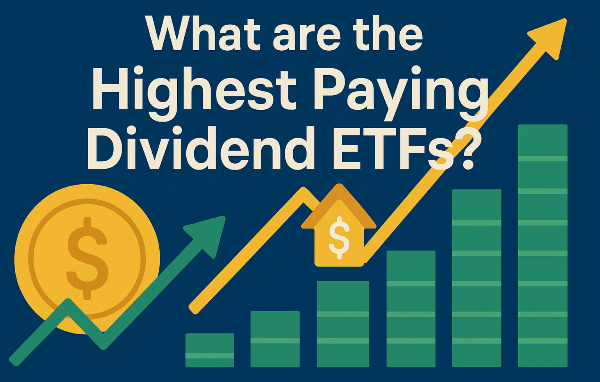
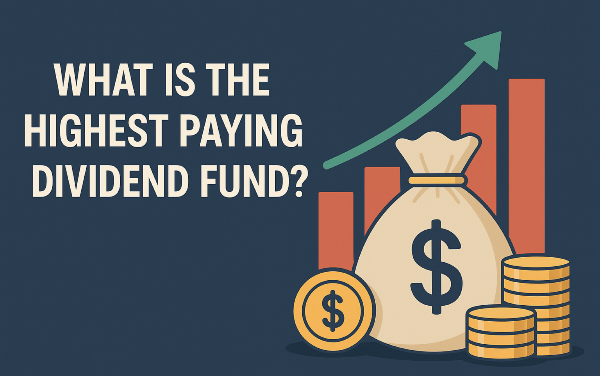
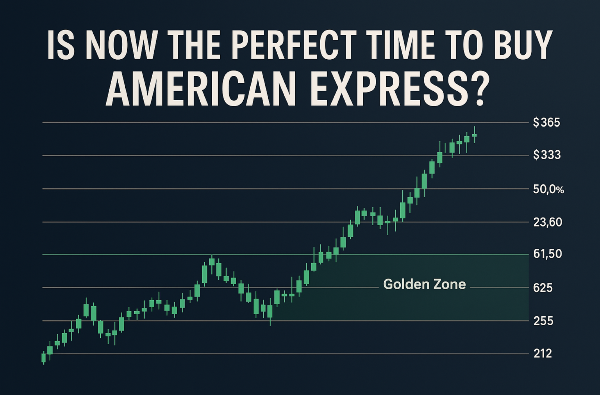








Understanding Mid-Cap vs. Large-Cap Stock Performance
Introduction
Investors often compare mid-cap and large-cap stocks to determine which category offers better long-term returns and portfolio stability. Mid-cap stocks, typically ranging between $2 billion and $10 billion in market capitalization, are known for their growth potential, while large-cap stocks, exceeding $10 billion, provide financial stability and consistent dividends. Historical trends suggest that mid-cap stocks have outperformed large-cap stocks over extended periods, particularly during economic expansions. However, large-cap stocks tend to offer resilience during downturns, making them a preferred choice for conservative investors. Understanding the performance dynamics between these two categories is essential for optimizing portfolio allocations and investment strategies.
Defining Mid-Cap and Large-Cap Stocks
Mid-cap stocks typically have a market capitalization ranging between $2 billion and $10 billion, positioning them between small-cap and large-cap companies. These stocks often represent firms in their growth phase, offering investors a balance between risk and reward. Mid-cap companies tend to have established business models but still possess significant expansion potential, making them attractive for those seeking higher returns without the extreme volatility of small-cap stocks. Large-cap stocks, on the other hand, belong to companies with a market capitalization exceeding $10 billion. These firms are industry leaders with strong financials, extensive market presence, and consistent revenue streams.
Large-cap stocks are generally more stable, making them a preferred choice for conservative investors. Companies such as Johnson & Johnson JNJ and JPMorgan Chase JPM exemplify large-cap stocks that provide steady dividends and long-term growth. While mid-cap stocks offer higher growth potential, they also come with increased volatility compared to large-cap stocks. Large-cap stocks tend to perform better during economic downturns due to their financial resilience and diversified revenue sources.
Sources:
Small-Cap vs. Large-Cap Stocks
Market Capitalization Categories
Difference Between Large-Cap, Mid-Cap & Small-Cap
Historical Performance Comparison
Long-term return trends indicate that mid-cap stocks have historically outperformed large-cap stocks over extended periods, particularly in bullish market cycles. While large-cap stocks provide stability and consistent dividends, mid-cap stocks often experience higher growth rates due to their expansion potential. Over the past 25 years, the S&P MidCap 400 Index has delivered significantly higher returns compared to the S&P 500 Index, showcasing the growth advantage of mid-cap stocks.
During economic expansions, mid-cap stocks tend to outperform as companies scale operations and increase profitability. Conversely, large-cap stocks demonstrate resilience during downturns, benefiting from strong balance sheets and diversified revenue streams. The shift in market-cap leadership over the past decade has favored large-cap stocks due to increased institutional investment and economic slowdowns. Case studies highlight instances where mid-cap stocks have outperformed large-cap stocks. For example, mid-cap companies in technology and healthcare sectors have consistently delivered higher returns compared to their large-cap counterparts.
Sources:
Mid-Caps Used To Outperform Large-Caps. What Changed?
Stock Returns: Small Cap vs. Mid Cap vs. Large Cap
Asset Allocation Diversification – 20 Years of the Best and Worst
Risk and Volatility Considerations
Mid-cap stocks often provide higher returns but come with increased volatility compared to large-cap stocks. These companies are in their growth phase, meaning they can experience rapid expansion but also face greater market fluctuations. Large-cap stocks serve as a safer investment during market downturns due to their financial stability and established market presence. Companies such as Johnson & Johnson JNJ and JPMorgan Chase JPM have strong balance sheets, diversified revenue streams, and consistent dividend payouts, making them reliable choices during economic uncertainty. Large-cap stocks tend to recover faster from market corrections, providing investors with steady returns and reduced risk exposure.
Strategies for balancing risk in a diversified portfolio involve allocating investments across mid-cap and large-cap stocks to optimize returns while mitigating volatility. Investors can use sector rotation strategies, focusing on defensive industries during downturns and cyclical sectors during economic expansions. Additionally, maintaining a mix of dividend-paying large-cap stocks and high-growth mid-cap stocks ensures portfolio resilience across different market conditions.
Sources:
Midcap vs. Large-cap Stocks: A Comparative Analysis
Why Market Cap Matters
Small-Cap vs. Large-Cap Stocks: What's the Difference?
Sector Allocation and Growth Potential
Industries where mid-cap stocks tend to outperform large-cap stocks include technology, healthcare, and industrials. Mid-cap technology firms often experience rapid innovation and market expansion, leading to higher growth potential. Healthcare mid-caps benefit from advancements in medical research and pharmaceutical developments, while industrial mid-caps capitalize on infrastructure projects and manufacturing demand. Sector trends influence mid-cap vs. large-cap stock selection by shaping investor sentiment and market performance. During economic expansions, mid-cap stocks in growth-oriented industries tend to outperform, while large-cap stocks in defensive sectors provide stability during downturns.
Fidelity’s sector-based investment strategies incorporate these trends to ensure balanced exposure across market conditions. Portfolio diversification strategies for optimizing returns involve allocating investments across multiple sectors and market capitalizations. By maintaining a mix of mid-cap and large-cap stocks, investors can reduce volatility while capturing growth opportunities. Sector rotation strategies allow investors to adjust allocations based on economic cycles, ensuring adaptability to changing market conditions.
Sources:
Why Market Cap Matters
Asset Allocation Diversification – 20 Years of the Best and Worst
Small Cap, Mid Cap, or Large? The Right Mix for Your Portfolio
Investment Strategies for Mid-Cap and Large-Cap Stocks
Mid-cap companies often experience expansion phases, leading to higher returns over time. Holding onto these stocks through market fluctuations enables investors to benefit from compounding gains. Dividend reinvestment and income generation from large-cap stocks provide stability and consistent returns. Large-cap companies such as Johnson & Johnson JNJ and JPMorgan Chase JPM offer reliable dividend payouts, allowing investors to reinvest earnings for compounded growth. Dividend reinvestment plans (DRIPs) enhance portfolio value by automatically purchasing additional shares, ensuring passive income generation while maintaining exposure to stable large-cap stocks.
Contrarian investing focuses on identifying undervalued opportunities within mid-cap and large-cap stocks. Investors adopting this strategy seek companies trading below their intrinsic value due to temporary setbacks or market sentiment shifts. Mid-cap stocks with strong fundamentals often recover, providing significant upside potential. Large-cap stocks in defensive sectors also present contrarian opportunities during market downturns, ensuring portfolio resilience and long-term appreciation.
Sources:
Small cap, mid cap, or large? The right mix for your portfolio Small-Cap Stocks vs. Large-Cap Stocks: What's the Difference?
Understanding Small-Cap, Mid-Cap & Large-Cap Stocks - VanEck
Future Outlook and Investment Considerations
Historically, mid-cap stocks have outperformed large-cap stocks during economic expansions due to their growth potential. However, recent market conditions suggest that large-cap stocks may continue to dominate, driven by institutional investment and economic uncertainty. Analysts predict that mid-cap stocks could regain momentum as interest rates stabilize and investor sentiment shifts toward growth-oriented opportunities.
Emerging market forces are shaping mid-cap stock performance, influencing investor strategies and portfolio allocations. Factors such as technological advancements, regulatory changes, and evolving consumer behaviors are expected to impact mid-cap companies. Additionally, geopolitical developments and trade policies may create opportunities for mid-cap stocks to outperform large-cap counterparts. Economic indicators influencing portfolio allocations include interest rate policies, inflation trends, and corporate earnings reports. The Federal Reserve’s monetary decisions will affect investor sentiment, impacting stock valuations and sector performance. Mid-cap stocks may benefit from favorable interest rate environments, while large-cap stocks provide stability during uncertain economic conditions.
Conclusion
Mid-cap stocks have historically demonstrated strong growth potential, often outperforming large-cap stocks during economic expansions. However, large-cap stocks provide stability and consistent dividends, making them a reliable choice for conservative investors. Balancing both categories within a portfolio allows investors to optimize returns while managing risk. As market conditions evolve, understanding sector trends and economic indicators will be crucial for refining investment strategies.
Expert Analysis: Strategic Insights on Mid-Cap vs. Large-Cap Investing
Mid-cap stocks have historically delivered higher returns than large-cap stocks over extended periods, but they come with increased volatility. Investors seeking growth should consider mid-caps for their potential to outperform during economic expansions. Large-cap stocks, however, provide stability and consistent dividends, making them ideal for conservative portfolios. Balancing both categories ensures a well-rounded investment strategy.
📌Read More About:
Top Large Cap Stocks: https://stockbossup.com/pages/topics/large-cap
Is it Better to Invest in Mid-Cap or Large-Cap?- https://stockbossup.com/pages/post/39130/mid-cap-vs-large-cap-stocks-which-investment-strategy-yields-better-returns
Do Mid-Caps Outperform Large-Caps? https://www.stockbossup.com/pages/post/38865/mid-cap-vs-large-cap-stocks-which-performs-better